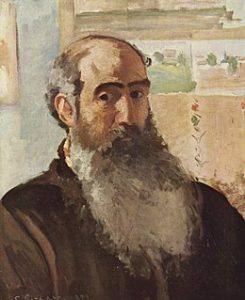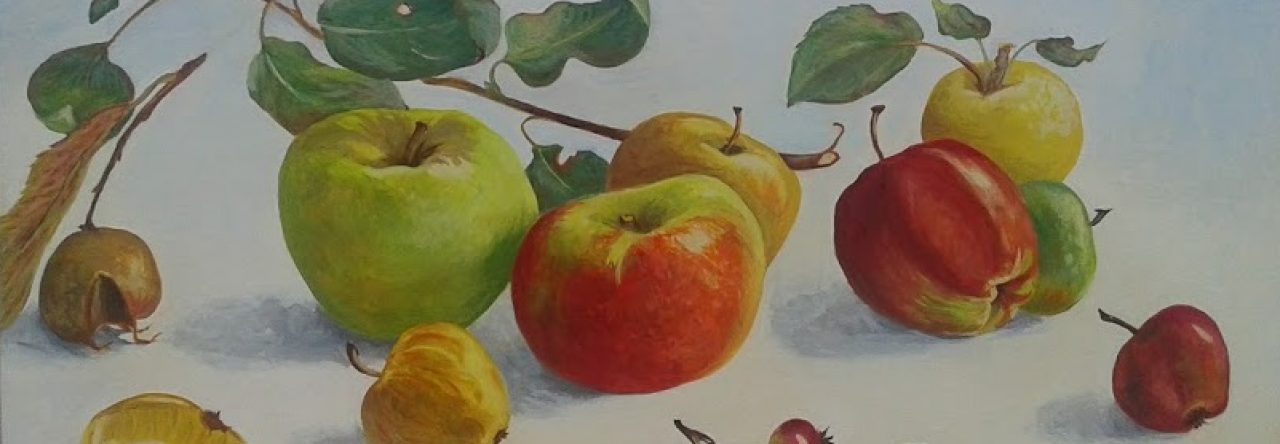
Jacob Abraham Camille Pissarro, known as Camille Pissarro (July 10, 1830 – November 13, 1903) is an Impressionist and then neo-Impressionist Franco-Danish painter.His parents run a successful hardware business in the harbour of Charlotte-Amelie. In 1842, at the age of twelve, Camille goes to France to study at the Savary boarding school, where the director encourages him to develop his abilities for drawing, and then returns back to his native island in 1847, where his father introduces him to trading. He works in the family business for five years.
In Paris, he meets Jean-Baptiste Corot, with whom he studies. He also discovers Eugène Delacroix, Gustave Courbet, Jean-Auguste-Dominique Ingres and Charles-François Daubigny. He attends several workshops at the Ecole des Beaux-Arts in Paris, where teaching remains academic and “ingrist,” but he is especially attracted by Jean-François Millet for his rural life themes, by Gustave Courbet for his pathos and picturesque renunciation, and by the freedom and poetry of Corot’s paintings.
Known as one of the “fathers of Impressionism”, he paints French rural life, particularly landscapes and scenes with peasants working in the fields, but he is also famous for his scenes of Montmartre, and his scenes around the Louvre and the Tuileries. In Paris, he has, among other students, Paul Cézanne, Paul Gauguin, Jean Peské and Henri-Martin Lamotte.
Pissarro is also a theorist of anarchy, attending assiduously the painters of New Athens who belong to the libertarian movement. He shares this position with Paul Gauguin, with whom he will subsequently have tense relations.
Camille Pissarro dies in Paris on November 13, 1903. He and his family rest in Paris at the Père-Lachaise cemetery.

Leave a Reply